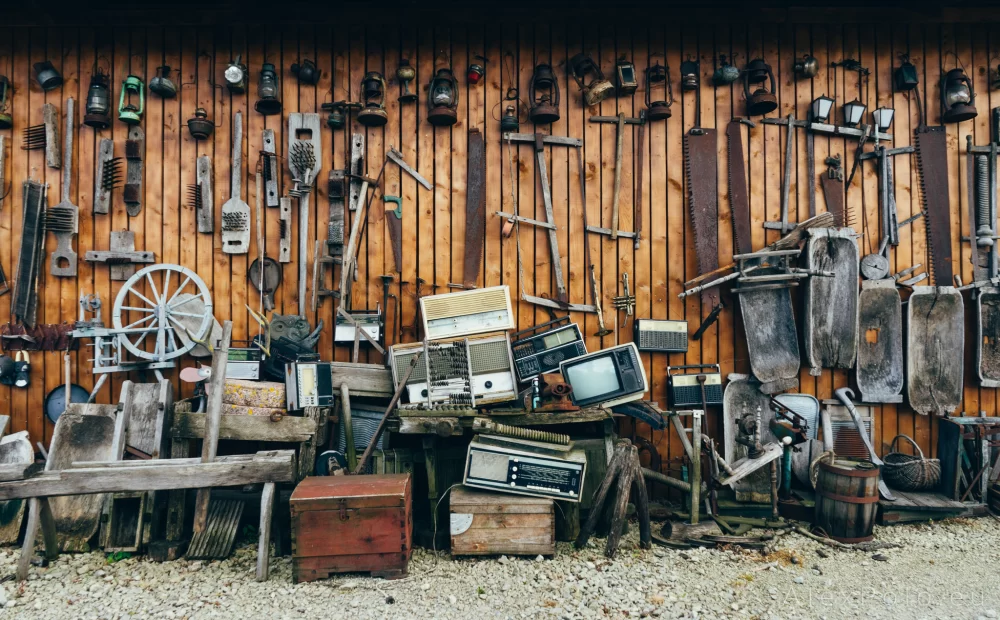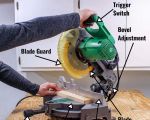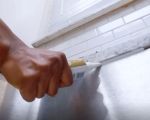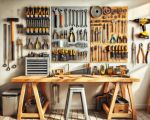Why Sharpening Your Hand Tools Is Essential
Over time, even the best quality hand tools can become dull, which can significantly affect their performance. Whether you're a professional carpenter, a DIY enthusiast, or someone who just loves to work with their hands, keeping your tools sharp is essential. But don't worry—it's not as complicated as it might sound! I’ll walk you through the simple steps of sharpening your hand tools at home, helping you maintain their efficiency and extend their lifespan.
1. Understanding the Importance of Sharpening
Before diving into the sharpening process, let’s take a moment to understand why it’s so important. Sharp tools cut cleaner, work more efficiently, and require less effort. Dull tools, on the other hand, can cause frustration, fatigue, and even accidents. In the long run, sharpening tools at home can save you money on replacements and repairs while keeping your projects smooth and satisfying.
2. Tools You’ll Need for Sharpening
To sharpen your hand tools at home, you'll need a few basic tools. These include:
- Sharpening Stone: A high-quality sharpening stone, also known as a whetstone, is one of the most commonly used tools for sharpening. They come in various grits, so having a few different types can be handy.
- Oil or Water: Depending on your sharpening stone, you may need oil or water to lubricate the stone while sharpening, which helps prevent overheating.
- Honing Guide: This tool holds your blade at the correct angle, ensuring consistent and accurate sharpening.
- Rags and Towels: Always have a rag handy to wipe off excess oil or debris from your tools.
3. Sharpening Techniques for Different Tools
Each tool requires a slightly different sharpening technique, so it's important to understand how to sharpen them individually. Here are a few common hand tools and how to sharpen them:
Sharpening a Chisel
Start by soaking your sharpening stone in water (if it requires water). Then, position the chisel at a 25-30 degree angle to the stone. Use a back-and-forth motion, working from the heel of the chisel to the tip, and then flip the chisel over to sharpen the other side. Repeat the process with a finer grit stone to achieve a polished edge.
Sharpening a Plane Iron
Just like with chisels, plane irons need to be sharpened at the same angle. The process is essentially the same, but with plane irons, you might need to use a honing guide to maintain a consistent angle. Once you've sharpened both sides, you can use a leather strop to remove any burrs and give the blade a polished finish.
Sharpening a Saw
Saws require a different approach. You'll need a triangular file to sharpen the teeth. Hold the file at the proper angle (about 60 degrees) and file each tooth individually, starting from the tip of the tooth and moving downward. A sharp saw makes cutting much more manageable, especially for larger projects.
4. Tips for Maintaining Sharp Tools
Once your tools are sharpened, it's essential to maintain them to ensure they stay in peak condition. Here are a few tips to help:
- Keep Tools Clean: Regularly clean your tools after each use to prevent rusting and build-up. This will keep the sharp edges intact.
- Oil the Blades: For metal tools like chisels and plane irons, applying a thin layer of oil can help protect them from corrosion and maintain their sharpness.
- Use a Sharpening System: If you have several tools to maintain, consider investing in a sharpening system that can save you time and provide more consistent results.
5. When to Seek Professional Help
While sharpening at home is usually straightforward, some tools may require professional sharpening. If you notice excessive damage to the tool, uneven wear, or find it difficult to achieve the desired sharpness, it might be time to seek professional help. Professional sharpeners have specialized equipment that can bring tools back to their original condition.
6. Personal Story: How Sharpening Saved My Favorite Tool
Let me tell you about a time when sharpening a tool saved me from having to replace one of my favorite chisels. It had been getting dull after countless projects, and I was frustrated with the effort it took to get through even the simplest tasks. I decided to take the time to properly sharpen it at home, following the steps I just outlined. Not only did the chisel become as sharp as new, but I also saved a considerable amount of money by not having to buy a replacement. It was a satisfying experience that reinforced the importance of tool maintenance.
Sharpening your hand tools at home doesn’t have to be difficult or time-consuming. With the right tools, knowledge, and technique, you can keep your equipment in top condition and make every project easier and more enjoyable. If you’re unsure about which sharpening equipment is best for your needs, feel free to visit our website ToolNest for the best tools and professional guidance!









